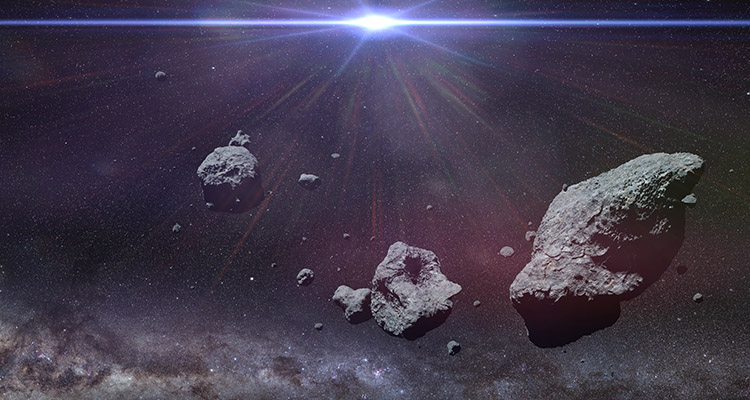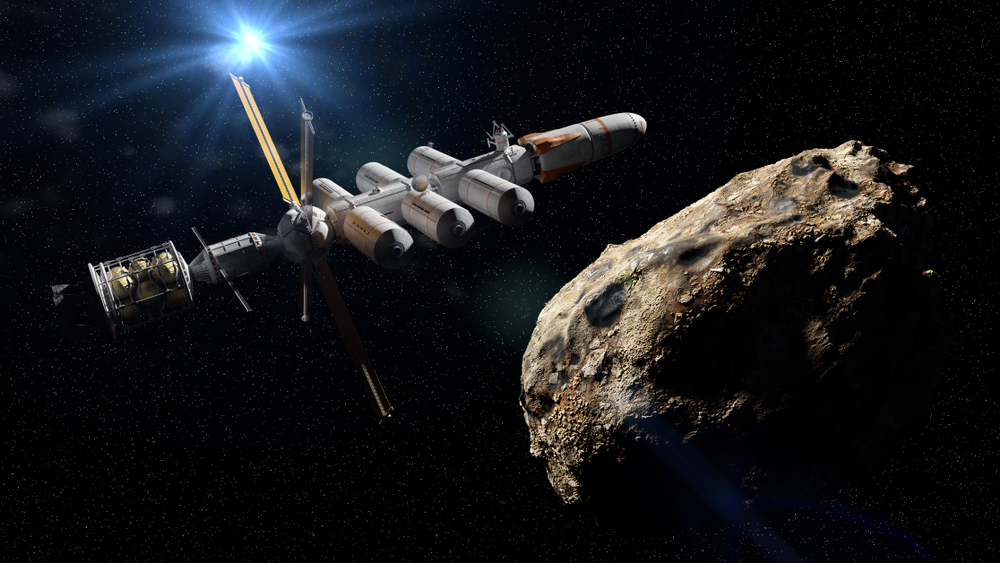The Challenges of Asteroid Mining

While there is no doubt that asteroids hold vast amounts of precious metals, water, and other commodities, all the talk of the profits to be made, and the supposed benefits to Earth, is at the moment just that- idle talk. However, one company, Planetary Resources, was recently formed with the express purpose of developing techniques for asteroid mining, but to date, no information on required equipment, techniques, and problems likely to be faced (and how to overcome them) has been forthcoming.
Moreover, current cost estimates are almost certainly understated, and the break-even cost of around 2.6 billion dollars seems much too low to be valid. However, cost is the last factor to consider in such a venture, since the immediately apparent problems around efficient asteroid mining are far more deserving of investigation. Thus, seeing that there is as yet no working examples of equipment with which to mine asteroids, it might be a good idea to look at some of the practical issues that need to be overcome.

Asteroid Mining in conditions of weightlessness
It has been suggested that C-type, or carbonaceous asteroids could be mined for the water they contain; however, asteroids of this type are nothing but big balls of rocks, dust, and various ices held together by gravity, and very loosely at that.
Asteroids have vanishingly small gravitational fields, which means that any loosened material must be controlled to prevent chunks of rock flying off in all directions. On earth, material loosened by explosives just falls back to the surface, but on an asteroid, the force of an explosion could conceivably cause a catastrophic fragmentation of the entire body, and since each piece still possesses inertia, it might prove impossible to control the pieces.
Of course, this is an extreme example, but even dust, or small fragments possess inertia, and if the process of scooping, or sweeping them up into containers impart velocities to them that exceed the escape velocity of the asteroid, it will be impossible to prevent then drifting off into space unless they are immediately collected into a bag, or container of some of some sort as part of the process of sweeping them up.
If asteroids possessed atmospheres, it might be possible to vacuum the surface to collect material, but vacuum cleaners do not work in vacuums, so the next best thing would be to anchor equipment onto the surface that can scoop, or excavate material that can be loaded into containers directly. This might take care of the inertia problem, but how will the excavating equipment be anchored?
On Earth, the solution lays in gravity; if the equipment is massive enough, its own mass will hold it in place, but on a soft, brittle carbonaceous asteroid, the equipment will have to be held in place with anchors that are drilled into the asteroid body, which may, or may not be structurally strong enough the hold the anchors.
One possible solution to holding the equipment in place is by wrapping steel cables around the entire asteroid using a sort of clamping device, in which the loose end of the cable is passed through the equipment itself, and tensioned as conditions require, or change.
While steel cables can be made to any length, the biggest disadvantage to using them involves their weight. Cable of one inch diameter weighs 1.6 lbs/foot (2.4 kg/m) on Earth, which means that the cost of getting the cable to the asteroid could easily outweigh the value of the intended resource to be mined.
The cable-and-bag method
One possible solution to all of the above might be the use of cables to tie a conical bag to one end of the asteroid. Contained within the bag is a drill that can be operated from a safe distance to drill a pattern of holes into the asteroid body. By filling the holes with explosives, a shaped detonation could in theory loosen, and move a predetermined chunk of material into the bag. This method of asteroid mining is calculated to collect all of the loosened material, but the down side is that nobody can be quite sure that the entire asteroid will not fragment as a result of the detonation.
Moreover, exact methods of controlling the now full bag has yet to be developed. The bag may now weigh several thousand tons, and the inertia imparted to it by the loosened chunk of material means that it may be very difficult, if not impossible, to control and place in a parking orbit from which it can be collected and moved to a processing facility on the Moon, Mars, or other suitable location, such as one of the Lagrangian points.
A final thought…
All things considered, the problems of how to control equipment, loosened material, and particularly dust, has to date not been addressed satisfactorily, and serious, in-depth study, and resolution of these problems is required before asteroid mining will become a safe, viable, and profitable business.


